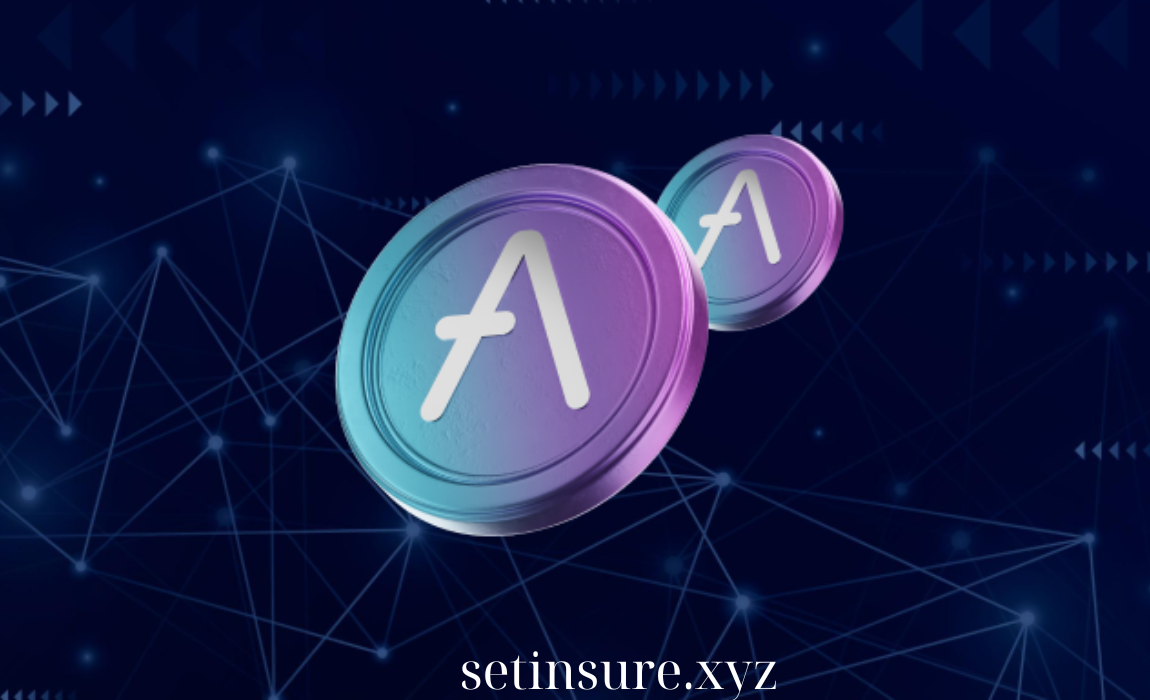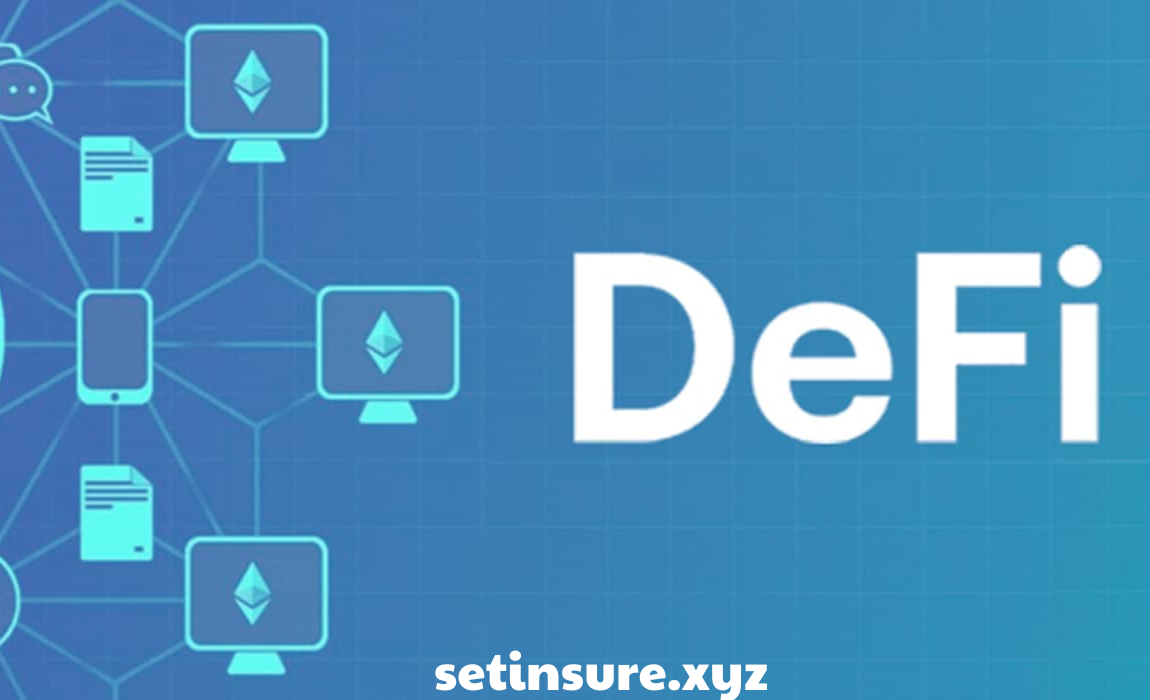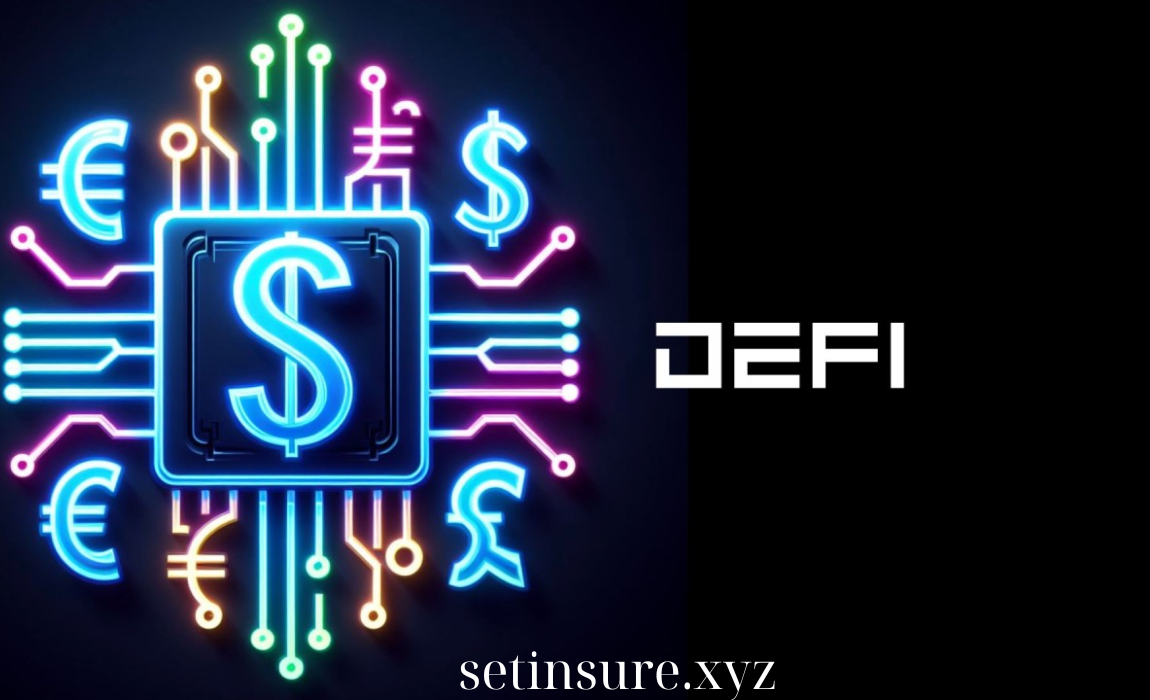Aave is a decentralized finance (DeFi) platform that allows users to lend and borrow cryptocurrencies without the need for traditional intermediaries like banks. Built on the Ethereum blockchain, Aave enables decentralized lending and borrowing through smart contracts, offering flexible, efficient, and secure access to liquidity in the cryptocurrency space. By utilizing DeFi principles, Aave offers unique features such as variable and stable interest rates, flash loans, and over-collateralized borrowing, making it a popular choice for both crypto investors and borrowers.
1. What is Aave?
Aave is a decentralized lending protocol that allows users to lend and borrow cryptocurrencies in a non-custodial manner, meaning that users maintain control of their assets at all times. The platform operates through smart contracts, eliminating the need for intermediaries, and provides users with a range of lending and borrowing options.
- Lenders: Can deposit cryptocurrencies into liquidity pools to earn interest on their assets.
- Borrowers: Can use these liquidity pools to take out loans by providing collateral in the form of cryptocurrencies.
Aave supports a wide variety of assets, including popular cryptocurrencies like Ethereum (ETH), Bitcoin (BTC), stablecoins such as USDC and DAI, and a host of other tokens.
2. Key Features of Aave
Aave stands out from other DeFi platforms due to its innovative features that cater to both lenders and borrowers in the cryptocurrency space.
a. Flash Loans
One of Aave’s most unique features is flash loans, which allow users to borrow assets without collateral, as long as the loan is repaid within the same transaction block. This makes flash loans useful for arbitrage, refinancing, and collateral swaps.
- How It Works: Flash loans leverage the atomicity of blockchain transactions, meaning if the loan and its repayment aren’t completed within the same transaction, the transaction is reversed, and no assets are borrowed.
- Use Case: Traders use flash loans to take advantage of price differences across decentralized exchanges (DEXs) or to quickly refinance debt.
b. Variable and Stable Interest Rates
Aave offers the option to choose between variable and stable interest rates when borrowing, providing flexibility based on market conditions.
- Variable Rates: Fluctuate based on supply and demand in the lending pool. This option is ideal for short-term borrowers who can take advantage of lower rates when the market is favorable.
- Stable Rates: Provide more predictability, as they lock in an interest rate that is less likely to fluctuate, making it ideal for long-term borrowing.
c. Over-Collateralized Loans
Aave follows an over-collateralization model, where borrowers must provide collateral greater in value than the loan they are taking out. This ensures the security of lenders by reducing the risk of defaults.
- Loan-to-Value (LTV) Ratios: Each asset has a specific LTV ratio. For instance, if the LTV is 75%, users can borrow up to 75% of the value of their collateral.
d. Aave’s Native Token (AAVE)
Aave has its native token, AAVE, which provides governance rights to holders, allowing them to vote on platform updates and changes. AAVE can also be staked on the platform to earn rewards and help provide additional security for the protocol.
3. How Aave Works: Lending and Borrowing
The core function of Aave is to connect lenders and borrowers through its decentralized platform, ensuring transparency and security via smart contracts.
a. Lending on Aave
Lenders deposit their assets into Aave’s liquidity pools. In return, they receive aTokens, which represent their staked assets and automatically accrue interest over time. These aTokens can be redeemed for the original assets plus interest whenever the lender chooses.
- Example: If a user deposits 10 ETH into the platform, they will receive aETH tokens. These tokens earn interest and can be redeemed for the equivalent ETH plus any accrued interest.
b. Borrowing on Aave
Borrowers can take out loans by providing collateral in the form of supported cryptocurrencies. The platform supports both stable and variable interest rates, giving borrowers the flexibility to choose based on market conditions.
- Collateralization: Borrowers must deposit more than the value of the loan they intend to borrow. If the value of their collateral falls below a certain threshold, the loan may be liquidated to protect lenders.
- Example: A borrower deposits 2 ETH as collateral and borrows 1 ETH worth of USDC. If the value of ETH drops significantly, the borrower may need to add more collateral or risk liquidation.
c. Liquidation Mechanism
If the value of a borrower’s collateral falls below the required threshold (due to price fluctuations in the market), the collateral can be liquidated to cover the loan. Aave uses an automated system to ensure that the protocol remains solvent and that lenders are protected.
- Liquidation Threshold: Each asset has a specific liquidation threshold. If a borrower’s collateral falls below this threshold, a portion of the collateral may be sold to repay the loan.
4. Advantages of Using Aave
Aave provides significant benefits for both borrowers and lenders in the DeFi space, making it one of the leading platforms for decentralized lending and borrowing.
a. Decentralization and Security
Aave operates without intermediaries, relying on smart contracts and decentralized governance to manage operations. This reduces the risks associated with centralized platforms, such as hacking or insolvency, while providing transparency and security to users.
b. Flexibility in Borrowing
The ability to choose between variable and stable interest rates gives borrowers the flexibility to adapt to market conditions. Borrowers can switch between rate types as needed, ensuring that they can optimize their loans based on their financial situation.
c. Access to Flash Loans
Aave’s flash loans provide unique opportunities for traders and arbitrageurs to make quick, uncollateralized trades that can generate profit from price differences or optimize their borrowing strategies across different platforms.
d. Diverse Asset Support
Aave supports a wide range of cryptocurrencies, including major assets like Ethereum, Bitcoin (wrapped BTC), stablecoins, and a variety of DeFi tokens. This allows users to diversify their lending and borrowing activities.
e. Non-Custodial Platform
As a non-custodial platform, Aave does not hold users’ funds directly. Instead, all funds are managed through smart contracts, giving users full control over their assets.
5. Risks of Using Aave
While Aave offers numerous advantages, there are also risks involved with decentralized lending platforms that users should be aware of.
a. Smart Contract Risk
Aave relies on smart contracts, and while these are audited and secured, there is always a risk of bugs or vulnerabilities that could be exploited by hackers. Users should be cautious and understand that smart contract risk is inherent in DeFi platforms.
b. Market Volatility and Liquidation Risk
Cryptocurrency prices are highly volatile, and the value of collateral can fluctuate dramatically. If the value of a borrower’s collateral drops significantly, they risk liquidation, where a portion of their assets may be sold to cover the loan.
c. Interest Rate Fluctuations
While Aave offers both stable and variable interest rates, the rates can still fluctuate based on supply and demand. Borrowers using variable rates may experience periods of higher interest payments, especially during times of high volatility or liquidity constraints.
6. Future of Aave and DeFi
Aave is at the forefront of the decentralized finance revolution and continues to innovate with new features and updates that enhance its offerings. With the growing popularity of DeFi, Aave’s platform is expected to expand its capabilities, including more asset integrations, cross-chain functionality, and governance improvements.
a. Cross-Chain Expansion
Aave is exploring ways to integrate with other blockchains beyond Ethereum, such as layer-2 solutions and cross-chain protocols, to offer lower fees and faster transaction speeds.
b. Institutional Adoption
As decentralized finance gains recognition, institutional investors may start leveraging platforms like Aave for lending, borrowing, and liquidity management, opening up new opportunities for growth in the DeFi space.
Conclusion: Aave’s Role in Decentralized Lending
Aave has established itself as a leading platform for decentralized lending and borrowing by offering flexibility, security, and innovation through its features like flash loans, variable and stable interest rates, and over-collateralized loans. As DeFi continues to evolve, Aave’s role in enhancing liquidity and providing decentralized financial services will likely expand, offering users more opportunities to access capital, earn interest, and participate in the growing decentralized economy.



